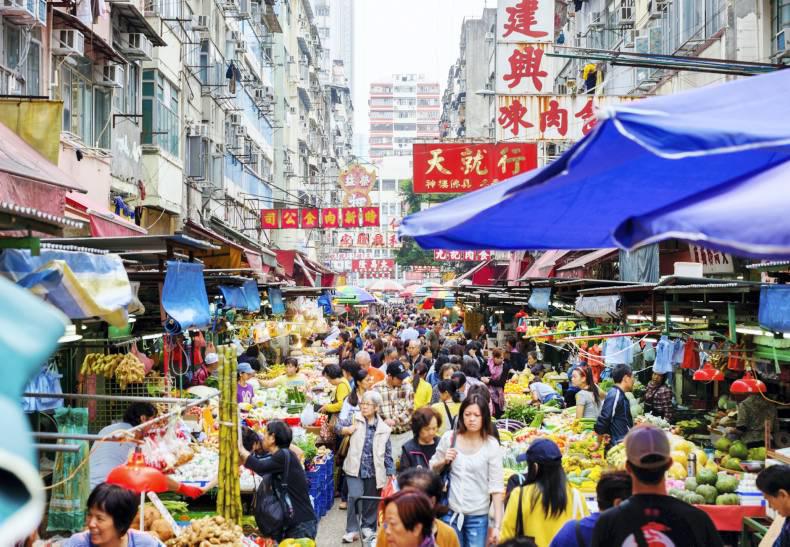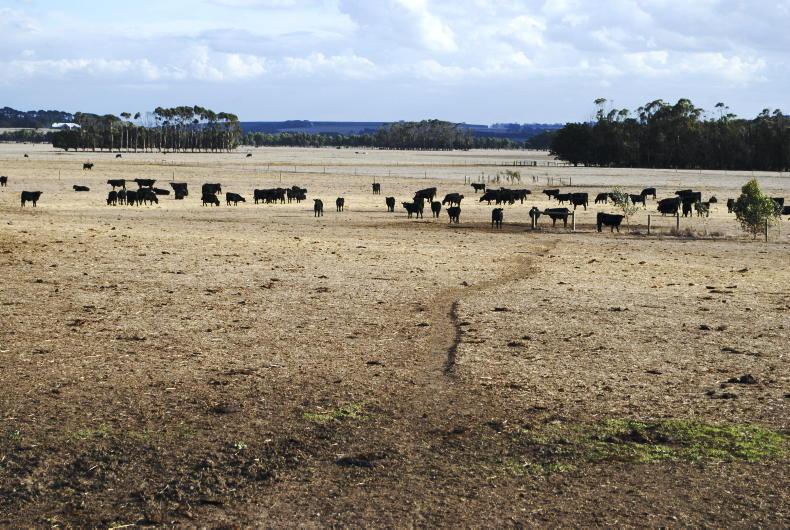Perhaps the most significant deal made in decades in the global agriculture industry was concluded in February this year, when the Chinese state-owned chemical company ChemChina clinched a $43bn takeover of the Swiss-based seed and chemical company Syngenta. The deal is the largest-ever outward investment by a Chinese company, as well as the single-most costly agriculture transaction in history.
For many, the ChemChina-Syngenta tie-up is just the latest example of the shift in economic power towards the east, but the real significance of the deal may be what it tells us about food security policy in China.
Undoubtedly, the greatest challenge faced by policymakers in China is the question of how to feed 1.4bn people, or 20% of the global population, when you have less than 10% of the earth’s farmable land. According to the World Bank, just over half the land in China could be considered agricultural, while less than 12% of China’s land is deemed arable. Coupled with this natural constraint, crop yields in China are more than 40% lower than in the US.
Self sufficiency
The idea of Chinese self-sufficiency in food production is really a disappearing prospect at this point, but the country is looking to cut the gap and the Syngenta deal is seen by many as the first step towards that.
Syngenta is one of the largest producers of genetically modified (GM) crops, with close to 7,000 different varieties. And while GM crops are currently banned in China, there is a realisation among authorities that these rules will have to change if the country is to feed itself.
However, while the ChemChina-Syngenta deal made plenty of headlines earlier this year due to the sheer size of the transaction, it is just the latest part of a greater trend we have seen emerge over the last number of years in the global agriculture industry. A trend that has quietly but steadily evolved with a very clear purpose behind it – China is attempting to buy its way to future food security.
Previously inward-looking Chinese agribusiness companies, many of which are state-backed, are looking more and more at overseas investments as a means to securing future food supply. As a major importer of almost all grain commodities, Chinese authorities established the state-owned conglomerate COFCO to source cereals and oilseeds from around the world.
However, the global grain trading space has been dominated by the ABCD companies – ADM, Bunge, Cargill and Dreyfus Commodities – for decades and challenging them was going to require considerable investment.
To match the scale of these juggernauts, COFCO acquired stakes over 50% in 2014 in two of the world’s oldest grain traders, Nidera and Noble, in a combined investment of $3.5bn. In December last year, COFCO completed its takeover of Noble’s agribusiness division when it paid a further $750m for the remaining 49% stake in the business.
In just a few short years, COFCO has built itself into an agricultural grain trader with the integrated international supply chain to rival and compete head on with the ABCD companies.
Western diets
One further driving factor behind Chinese overseas investment in the food sector is that middle-class consumers want a more Western diet. This trend can be seen in the rapidly increasing rate of meat consumption among Chinese consumers.
Over the last 40 years, meat consumption in China has increased sixfold and will only continue to accelerate in the years ahead. Pork, beef and poultry production in China has grown by an estimated 1.7m tonnes per year over the last 10 years, but this is still not enough to meet domestic demand. This has spurred Chinese food companies to go out and acquire meat processing businesses in more traditional meat producing nations, such as neighbouring Australia and New Zealand and even as far away as Argentina and the US.
The deal that grabbed the greatest attention came in 2013 when Shuanghui International paid $4.7bn for the US-based Smithfield Foods, the largest pork processor in the world. The acquisition surprised many at the time and stoked serious concerns about food safety and domestic pork supplies among some US politicians.
Another Chinese company that has been extremely acquisitive in recent years is Bright Foods, a multinational food and drinks business with interests in dairy and meat processing, prepared foods, as well as distribution.
Since 2012, Bright Foods has spent close to $4bn acquiring companies across the food sector outside of China. The most high-profile deal made by Bright came in 2012 when it paid more than $1.1bn for a 60% stake in the well-known UK brand Weetabix.
Bright Foods also paid a hefty $1.9bn for a near 80% stake in Tnuva, a large Israeli dairy processor, while it has also taken large holdings in New Zealand-based dairy company Synlait Milk, as well as the largest livestock processor in New Zealand, Silver Fern Farms.
Land deals
Possibly one of the most controversial and emotive aspects of China’s overseas investment expansion has been the targeting of large holdings of agriculturally productive land in outside countries.
Large farms brought to market for sale in Australia and New Zealand in particular have almost always attracted Chinese interest and it is a growing concern for authorities in both countries. Since 2012 alone, Chinese buyers have snapped up more than 2.2m acres of Australian and New Zealand farmland.
The largest of these land deals occurred last year when a Chinese billionaire paid $47m for two cattle stations in Australia with a combined land holding of 1.74m acres.
In February this year, another Chinese investor paid $215m for Van Diemen’s Land Company, the largest dairy farm in Australia set on 17,500 acres. However, scrutiny is increasing on such transactions, with authorities in both Australia and New Zealand blocking a number of recent high-profile deals with Chinese buyers in the interest of national security.
In November last year, the Australian government blocked the sale of the Kidman & Co farm company to outside investors on grounds it was contrary to the national interest. The Kidman & Co farms extended to almost 25m acres, which is about 1.3% of Australia’s total land area or roughly three times the size of the UK.
The most recent Chinese land acquisition to stir up concerns came after an unnamed Chinese consortium bought up more than 4,000 acres of arable tillage land in central France.
Comment
In late January this year, the ruling communist party in China released the latest version of its “No 1 Central Document”, a blueprint policy document for Chinese agriculture up to 2020. The fact the policy document is given the title of No 1 tells you all you need to know – the priority in China is food. As the largest market in the world for food, the country has been attempting to modernise and expand its agricultural output for decades.
But with the idea of self-sufficiency in food a disappearing prospect in China, the country’s policymakers and businesses alike are examining other ways to meet domestic demand. The country’s outward investments has grown from $20bn in 2005 to $171bn last year, with food and agriculture investments accounting for a significant share of this.
The question for the Irish agribusiness sector is will we see Chinese investment here sooner rather than later. While Irish eyes may be fixed on the Chinese market for continued expansion in the coming years, will the Chinese themselves look to invest directly in Ireland to secure future food supply?
To read the full Agribusiness report, click here.










SHARING OPTIONS